How to Declutter Your Home
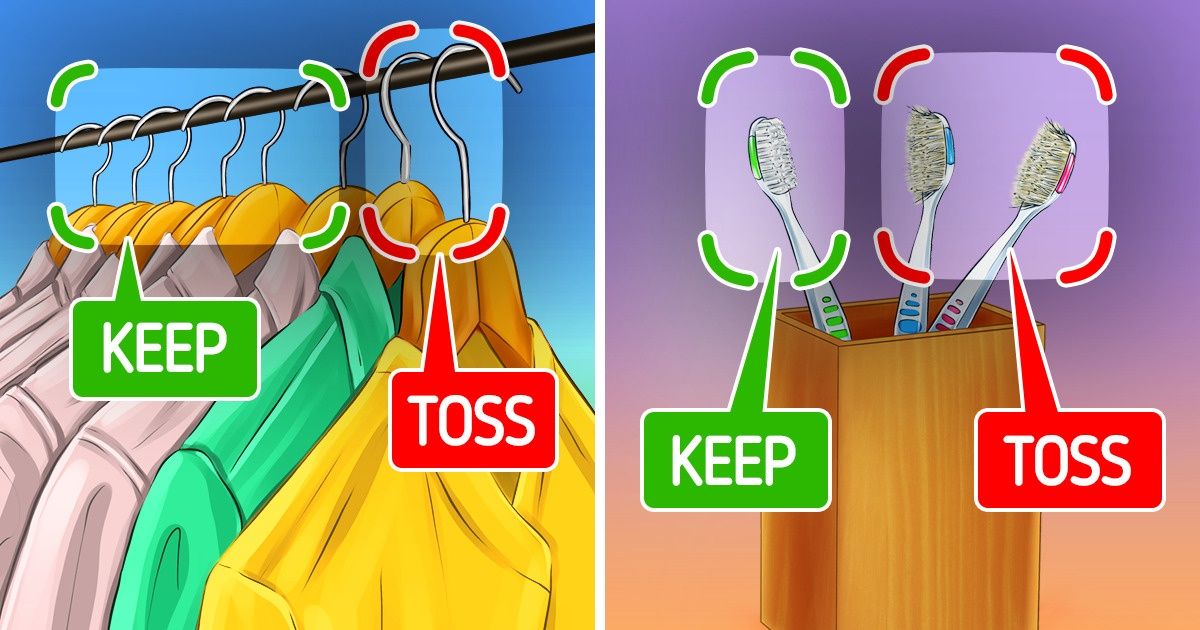
If you own too much stuff and feel like your rooms and drawers are out of control, you’ve probably come to the right place. Besides finding things easier, getting rid of the items you no longer need can lead to different benefits, such as having less to clean and organize.
5-Minute Crafts has prepared this guide to help you discard all those unnecessary objects lying around your house to make your home comfortable again.
1. Set your decluttering goals.
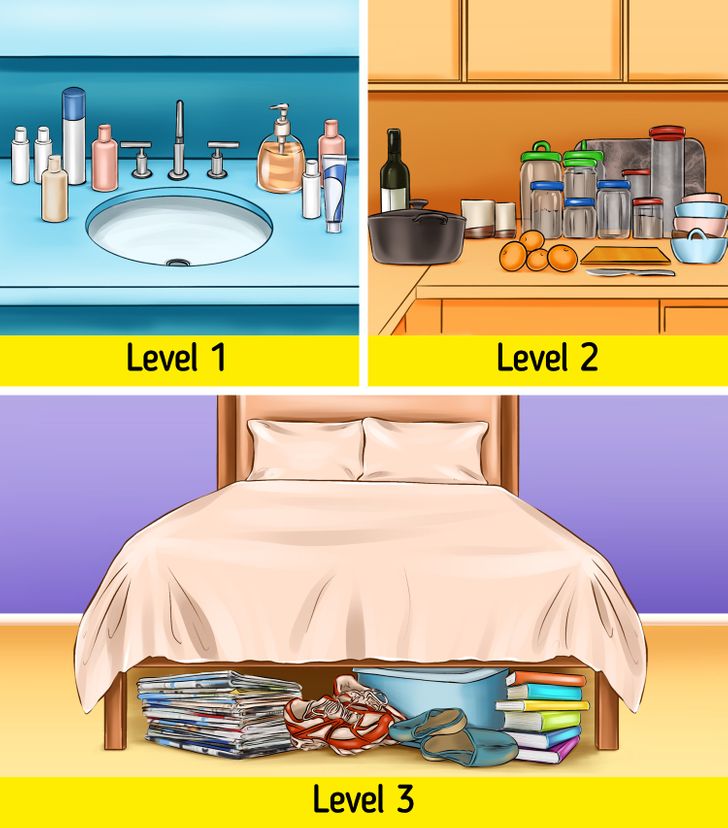
An excellent way to start this process is to look at your home as if you were a first-time visitor. As you do this, take notes on its cleanliness and organization.
After that, make a plan for the areas that need to be cleaned up by using following these steps:
- Write down all the rooms and set a scale from 1 to 3 according to the level of clutter. Provide each room a grade, giving a 3 to the most cluttered space.
- Set deadlines for each cleaning stage. Remember to create timelines that are realistic to avoid frustration. Here you may want to start slow by devoting 30 minutes per day in the beginning.
If you are looking for some extra motivation, take a photo of a small area, like your night table, and put items away. Then, take another picture to see the “before and after” result. This can help you realize what your home could look like and make it easier to start decluttering other areas.
2. Classify your clutter.
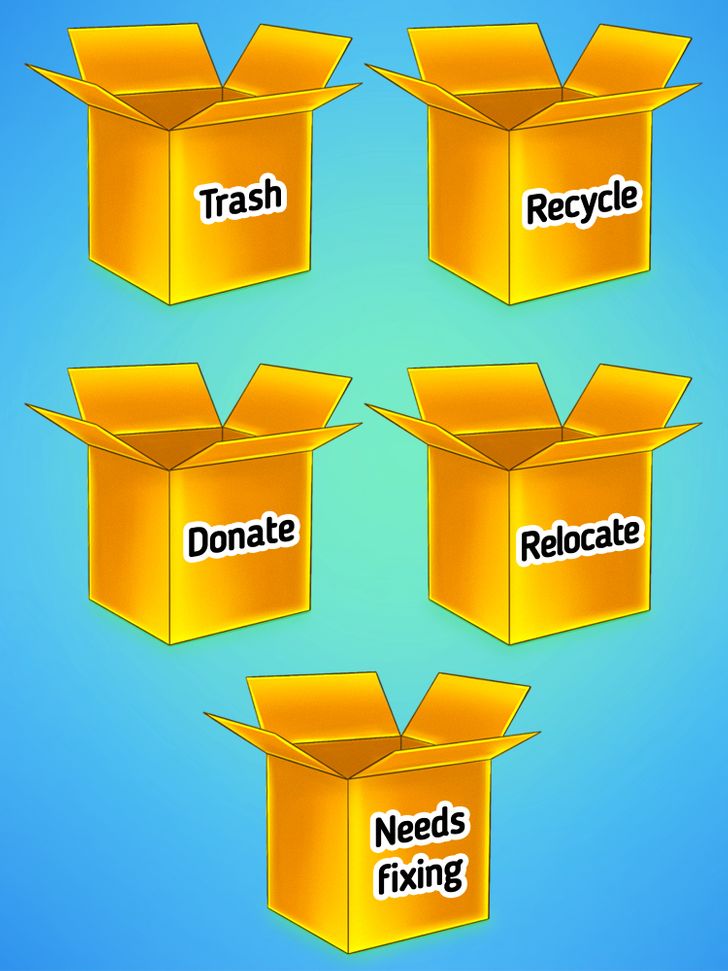
Before you start decluttering, get 5 large boxes or containers and label them as follows:
- Trash: items that cannot be recycled.
- Recycle: pieces that can be taken to a recycling bin.
- Donate: items that you don’t need and that can be useful to someone else.
- Relocate: things that don’t belong in the area that you’re decluttering.
- Needs fixing: items that require some repair.
You can also just label 4 boxes as trash, give away, keep, and relocate. Whichever method you choose, make sure to put each object into one of the boxes, no matter how important you think it is. This will help you see how many items you have and know precisely what to do with them afterward.
3. Adopt easy decluttering techniques.
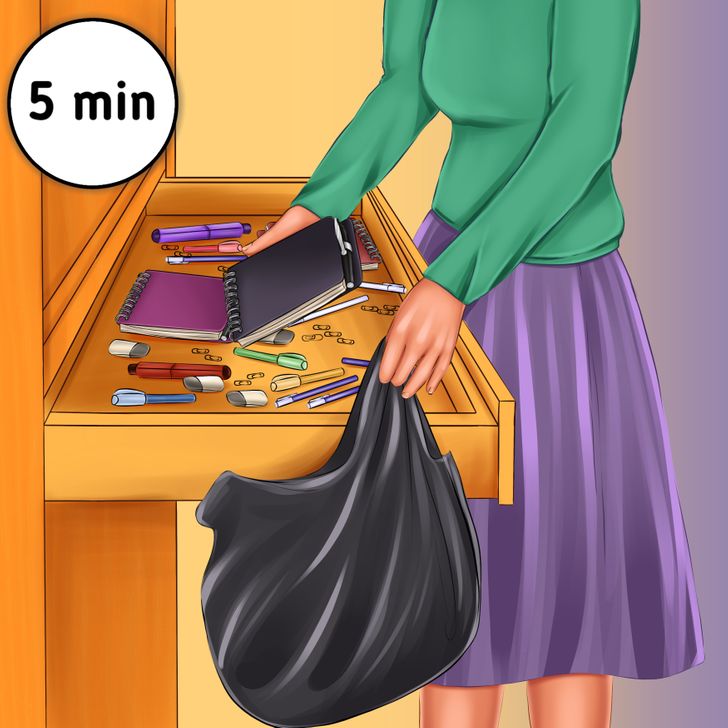
If you don’t know how to start decluttering your home, here you can find some creative and simple ways to do it:
- Start with 5 minutes per day, especially if you’re new to this process.
- Discard one item each day and increase this number to 2 items or more once it gets easy.
- Get a trash bag and fill it with things you can donate afterward.
- Try the
12-12-12 challenge by finding 12 items to give away, 12 things to toss into the trash can, and 12 to be relocated where they belong. - Ask yourself how you feel about an item, and get rid of it if you don’t love it or haven’t used it for more than 6 months.
4. Clear out items you haven’t used in the last year.
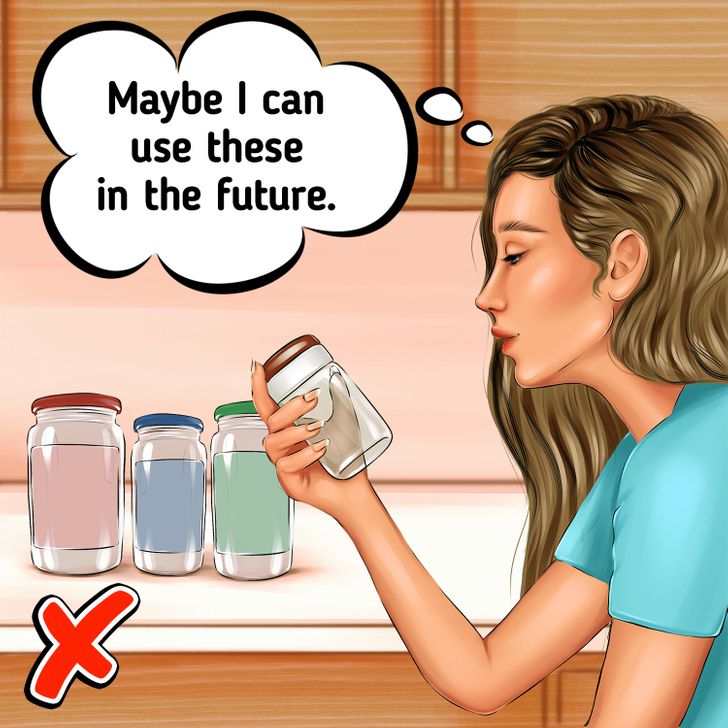
During your decluttering process, it may be necessary to change your frame of mind about specific items, even if you think they can be useful in the future. Therefore, if you haven’t had the opportunity to use an object during the last 12 months, it’s time to make a decision about it.
You can also limit this period to 6 months, especially with items you didn’t even remember owning. This may be a sign that you didn’t miss them enough to keep them.
5. Stick to the concept of sunken costs while decluttering.

In economics, sunk costs are all those costs you have paid for that can’t be recovered. Since it’s not common that an item’s value will increase as time goes by, it’s advisable to consider most of your items as a sunk cost. For example, it’s very unlikely that you’ll be able to sell a pair of shoes for a higher price after they’ve been purchased and worn.
Furthermore, to help you decide whether to throw an item away or not, think about the value that it can add to your life in the time to come, reminding yourself that you may not be able to get back the amount of money you spent on it. Therefore, there might be no point in keeping that item.
6. Track the clothes you wear.
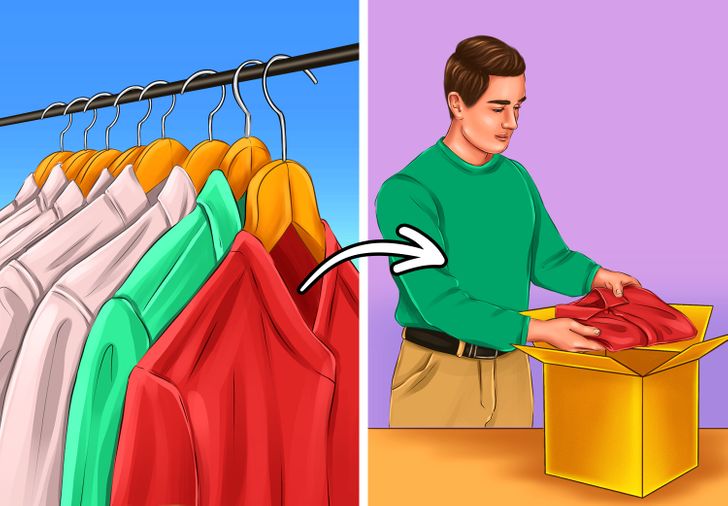
It’s believed that 80% of the time, people wear only 20% of the clothes they own. Therefore, it’s a good idea to track the pieces of clothing you actually wear over a few months and donate or get rid of those you no longer put on.
The best way to do so is to hang them up with the hangers turned in the reverse direction. Some months later, take the items that remained unturned and ask yourself, “When was the last time I wore this?” or “Will I ever wear it again?”
7. Pay attention to duplicate items.
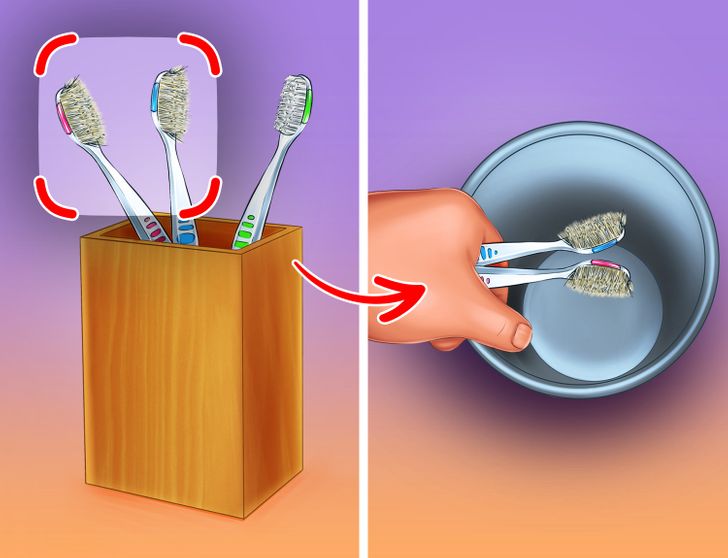
There could be times in which you forget about the items you have and buy a specific object again, or upgrade an item but still keep the lower-quality one. Therefore, it’s a good idea to discard all those unnecessary equivalents you have.
Go through your clothes, accessories, and other belongings and decide which items are still good enough to be used. Remember to keep only the best ones and discard all the others.